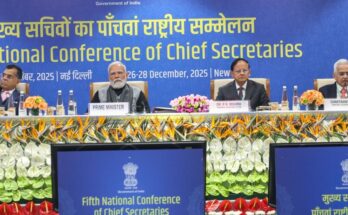The US National Aeronautics and Space Administration (NASA) has found no trace of the Indian lunar lander, dubbed Vikram, in the images captured during its Moon orbiter’s latest flyby of the lunar region where it made a hard landing on September 7,
Project Scientist for the Lunar Reconnaissance Orbiter (LRO) mission Noah Petro said.
The Indian Chandrayaan-2 spacecraft was put into lunar orbit on August 20. During the mission, the Vikram lander was supposed to target a patch of high ground between two craters called Simpelius N and Manzinus C as it attempted a soft-landing on the lunar surface but lost contact with the ground station. The Indian Space Research Organisation is currently attempting to re-establish communications with the lander.
“The Lunar Reconnaissance Orbiter imaged the area of the targeted Chandrayaan-2 Vikram landing site on October 14, but did not observe any evidence of the lander,” Petro said, as cited by national media on Wednesday.
NASA believes that the LRO team failed to find the lander due to its location.
“It is possible that Vikram is located in a shadow or outside of the search area. Because of the low latitude, approximately 70 degrees south, the area is never completely free of shadows,” the correspondence revealed.
Chandrayaan-2 is India’s second lunar exploration mission. The Vikram lander was expected to deliver the 27-pound Pragyan rover to the lunar surface so that it could study the mineralogical and chemical composition of the lunar surface, while the mother ship was to orbit the Moon at a distance of approximately 100 km (62.13 miles) to take pictures and send them to Earth.
A successful soft landing on the moon’s surface would have made India only the fourth country — after the United States, Russia and China — to achieve the feat. It would have also made India the first country to complete a soft landing near the South Pole on its first attempt. (UNI)




